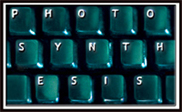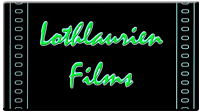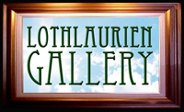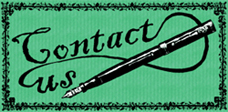 2009 Canadian Wildlife Photography of the Year Contest
2009 Canadian Wildlife Photography of the Year Contest 
Lothlaurien entered the annual wildlife Photography contest, where winning photographs will be featured on an actual Canadian Stamps. How cool is that?
What Lothlaurien Stamps Would Have Looked Like
I didn't win this year but... since the non-winning entries have been taken down, I can now publish my photos here.
I thought it would be fun to put together mock-ups of what my images would have looked like on stamps.
Looking our dreams in the eye is what makes digital imaging fun.
[Note: if you click on the highlighted animal name you can see the original photograph.]
- Meet one of my neighborhood blue jays who sometimes pops around to visit,
- and the robin in Opa and Oma's Mountain Ash tree,
- our brave little bunny who is always careful to keep an eye on me and my dog while grazing in our yard,
- one of my rather well fed squirrel friends about to enjoy a cherry,
- a ladybug wandering about on one of my favorite wildflowers
- and a tree climbing Chipmunk.
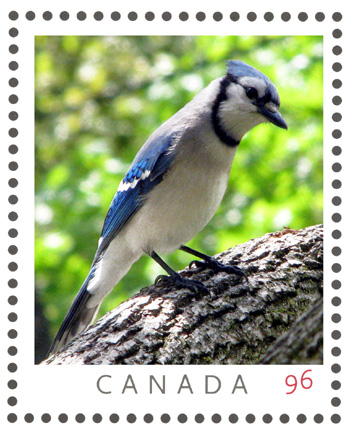
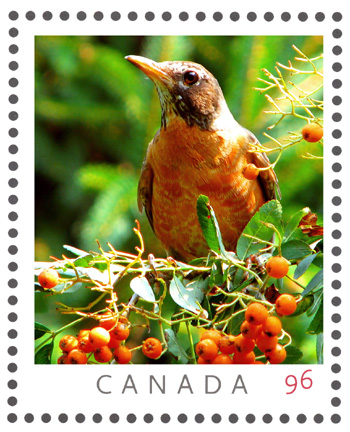

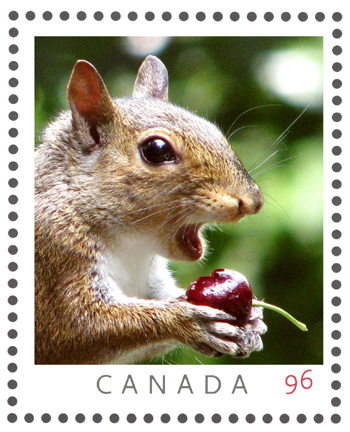
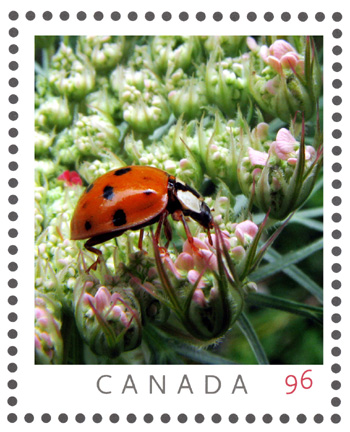
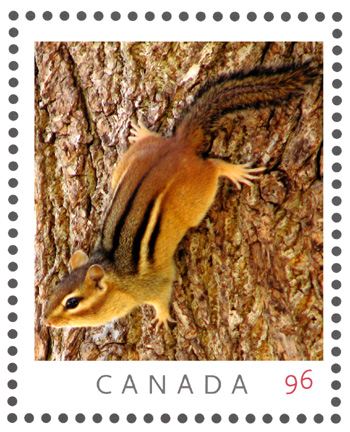 "
"
- My favorite would have to be the tiny little woodpecker who has been rennovating my deck,
- and the gorgeous Universty of Guelph peregrine falcon I was fortunate enough to photograph at the 2009 Robin In The Hood Medieval Festival"
- while a little closer to home I've finally mastered my new camera's “Super Macro” feature to photograph this hoverfly
- and finally a devil-may-care urban chipmunk enjoying a drink from my ninety five pound collie's water dish
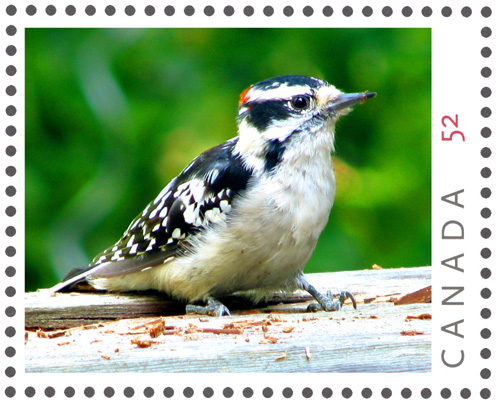
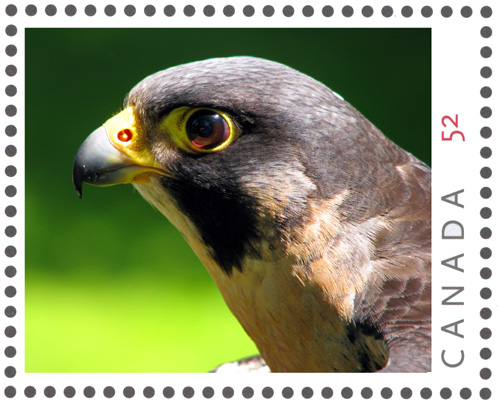
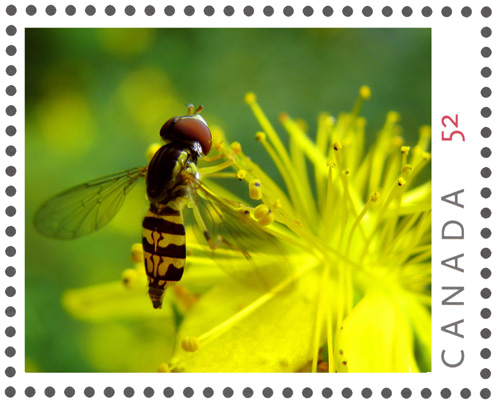
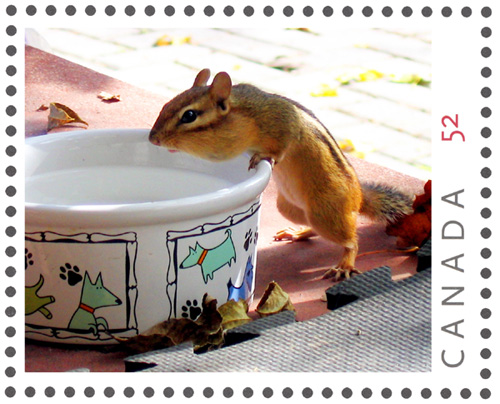
I'm absolutely certain that I will continue to take as many photographs as possible, and I may even have some good entries for the 2010 contest.
Because after all, I'd still like to see one of my photographs on a stamp.







